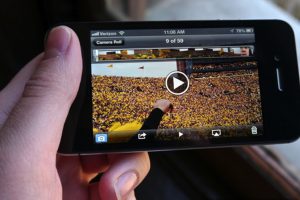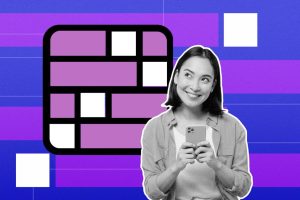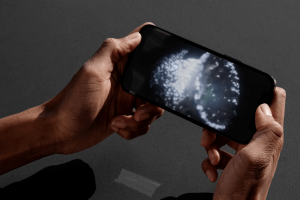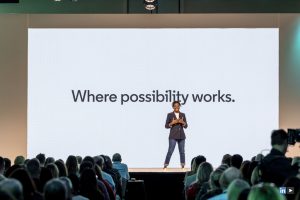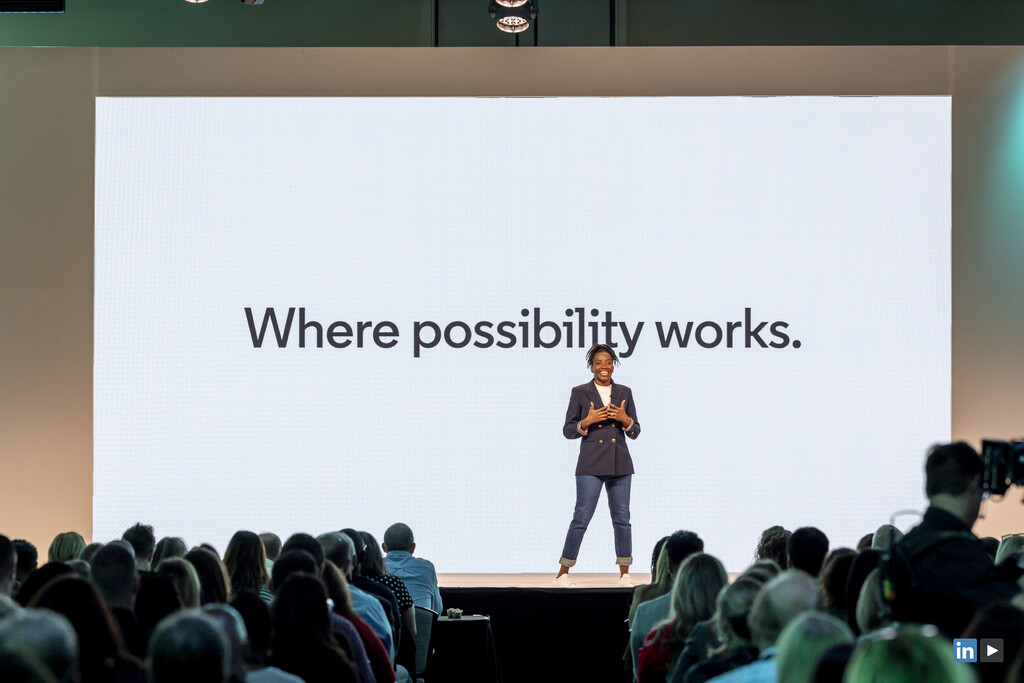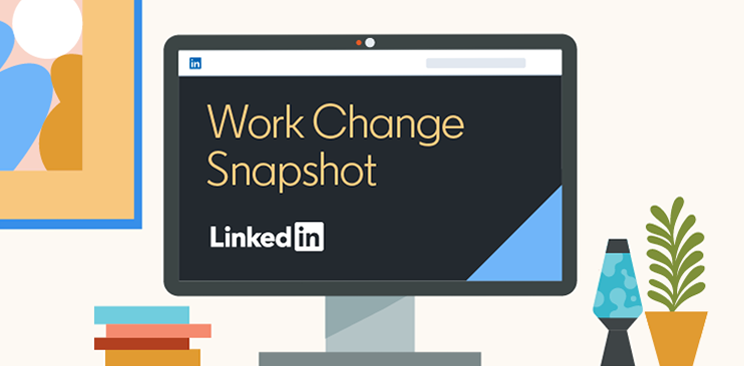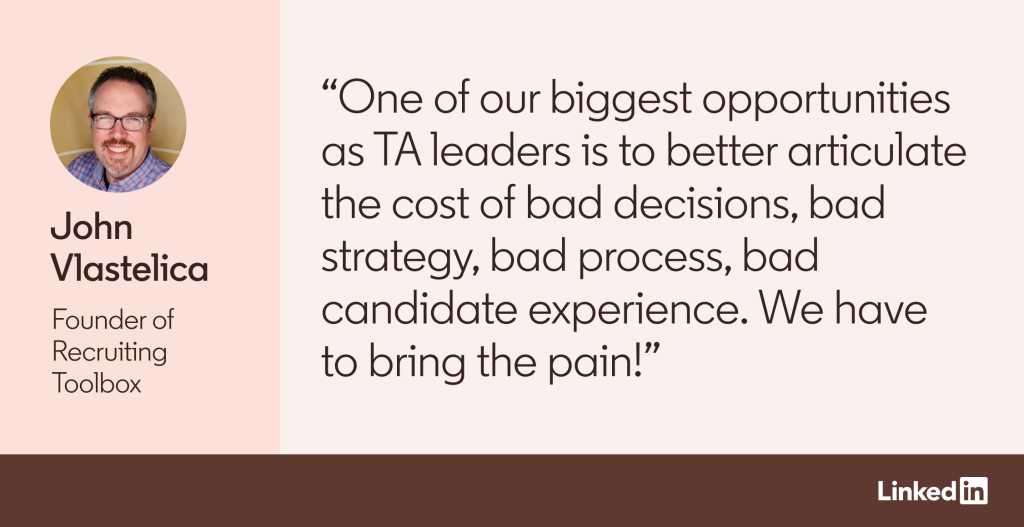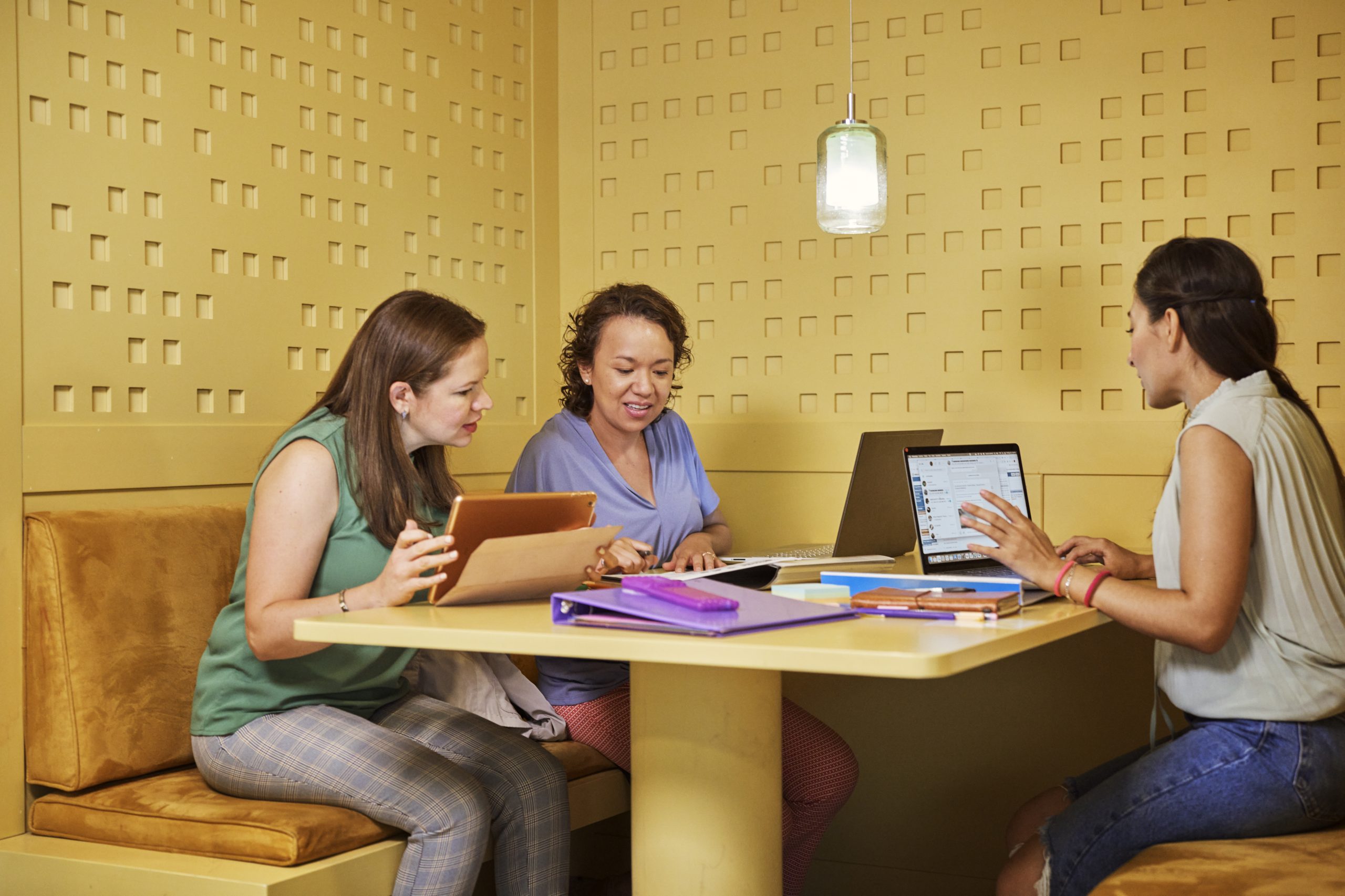Think about the best school teachers you ever had: They not only taught you quadratic equations or the history of the Enlightenment, they also got you fired up about learning. They made you want to know more.
If anyone knows how to get people excited about learning, it’s classroom teachers. They show up every day, sometimes in front of unruly children or teenagers, determined to impart knowledge. They’re part educator, part performer, and part wrangler as they pass lessons on to the next generation.
That’s why we asked two of them — who have also worked as talent development professionals — to share their best classroom tips for engaging learners, designing lesson plans, and being inclusive in their learning. Here are their top five tips for learning and development pros:
1. Make it relevant
As a high school math teacher in Texas, Rafranz Davis had the daunting task of trying to get teenagers excited about algebra. Fifteen-year-olds, after all, have a hard time imagining how variables, constants, or expressions could apply to their lives.
So Rafranz — who is now a content manager for LinkedIn Learning — made it relevant. She asked her students: If they were making $10 an hour working at Taco Bell or mowing lawns, how many hours would they have to work to be able to buy a new pair of shoes? “We started charting it and graphing it,” she says, “and I spoke to them about how they could use math in the real world, and then followed that with the technical vocabulary to go with it.”
The same is true for employees. They want to know how learning applies to their lives. If you want them to learn about generative AI, for example, walk them step-by-step through a task they need for their role and explain how mastering GAI wil help them complete their tasks more easily and efficiently.
2. Offer experiential learning whenever possible
When Jeanelle Payne was a corporate trainer at Graton Resort and Casino in Rohnert Park, California, she had to teach managers how to create a training plan for new hires. She broke the managers into several groups and asked them to create origami. “They were asking, ‘Wait, isn’t this a training program? Why am I making a lotus flower?’” Jeanelle says.
Each group received a different set of materials, different levels of instruction, and varying amounts of support. Some groups were wildly successful. Others failed completely. It all depended on the quality of their materials and the levels of support they received — which was what Jeanelle was trying to teach them. In other words, if they wanted a new hire to succeed, they needed to provide the right resources and support.
It was a technique — experiential learning — that Jeanelle also honed during her 17 years as a high school social studies and history teacher. When she wanted to teach high school students about the Industrial Age, for example, she re-created an assembly line in her classroom and had students line up to work on it. She closed the windows and blinds, turned up the heat, and cranked music (to mimic the loudness of a factory), simulating working conditions of the era. The experience was, well, miserable. “But they were engaged,” she says, “which meant they really got it in the end.”
3. Begin with the end in mind
When designing a lesson plan, all good teachers — whether they’re in the classroom or creating content for a course online — begin with the end in mind. “Even as a teacher,” Rafranz says, “I always started with the intended learning goals and then developed the lessons from there.”
When she put together a geometry lesson plan, for example, Rafranz wanted students to learn sine, cosine, and tangents — ratios that relate to the angles and sides of right triangles. She started there and worked her way back. She knew her students would need to know how to measure an angle and an adjacent side of a triangle to determine all three sides of a triangle.
So she had them go outside on a sunny day, equipped with string, mirrors, meter sticks, and calculators, and measure the angle of a tree to the ground, as well as the length of its shadow. By doing this, her students could determine the height of the tree — which was the third side of the triangle. In the end, they learned exactly what she wanted them to learn.
“When I work with LinkedIn Learning instructors, we follow this same method,” Rafranz says. “We start with what we want our learners to walk away with and then build on that.”
4. Teach skills as much as knowledge
Even though many learning and development professionals are former teachers, Jeanelle says there is still a common misperception among learning professionals about what happens in classroom teaching. “It used to be that we taught content for the sake of content,” she says. “But in the last decade and a half or so, educators have shifted instructional focus away from simply imparting knowledge and have instead centered lessons on mastery of skills.”
Why? Because most learners can now get the information they need online. But to interpret that information, they need skills. And one of the skills Jeanelle taught through her history lessons was document analysis.
She instructed students to find information about a certain historical subject and asked: How can you make sure this is an accurate source? How do you understand the business language in this document? How do you break down the argument in this document, and how do you write in a way to persuade others or get them to support your point of view?
“We’re really using content in order to teach skills,” Jeanelle says. “The goal was not just history. The goal was the skill.” That, of course, is the goal in many workplaces now too.
5. Make learning inclusive and accessible
As classroom teachers know, everyone learns in different ways. “I taught students from all walks of life,” Rafranz says. Some of her students didn’t speak English. Some had learning disabilities. Others were extremely advanced. That’s why at the start of every school year she worked hard to understand how each student learned so she could incorporate their different styles into her instruction.
The same holds true for workplace learning. “Personalization isn’t just about digital learning with lessons of your choosing,” Rafranz says. “It’s also making sure that you’re prepared to be inclusive of everyone’s learning needs.” That might include emailing hand-outs ahead of time, so employees have a chance to read or print out materials. It could mean including a closed-captioning feature or translation services and offering courses remotely, hybrid, or in-person.
Or it could mean revamping the learning material altogether. When Rafranz transitioned into an L&D role in her school district to teach technology to educators, she noticed that the football coaches often sat in their seats and developed football plays. “So, I had to rethink how I did technology training for them,” she says, “and do it through football.”
Final thoughts: Keep your audience in mind
As students in the Northern Hemisphere head back to school, it’s a great time to reflect on what all educators have in common: They want to get people excited about learning.
To do this, Rafranz says, keep your audience in mind. “Reflect and change on the fly if you need to,” she says. “But if you know your audience, your content, and you design and plan for that, things mostly work as they should. Adults need to believe in you and your expertise just as much as students do.”
